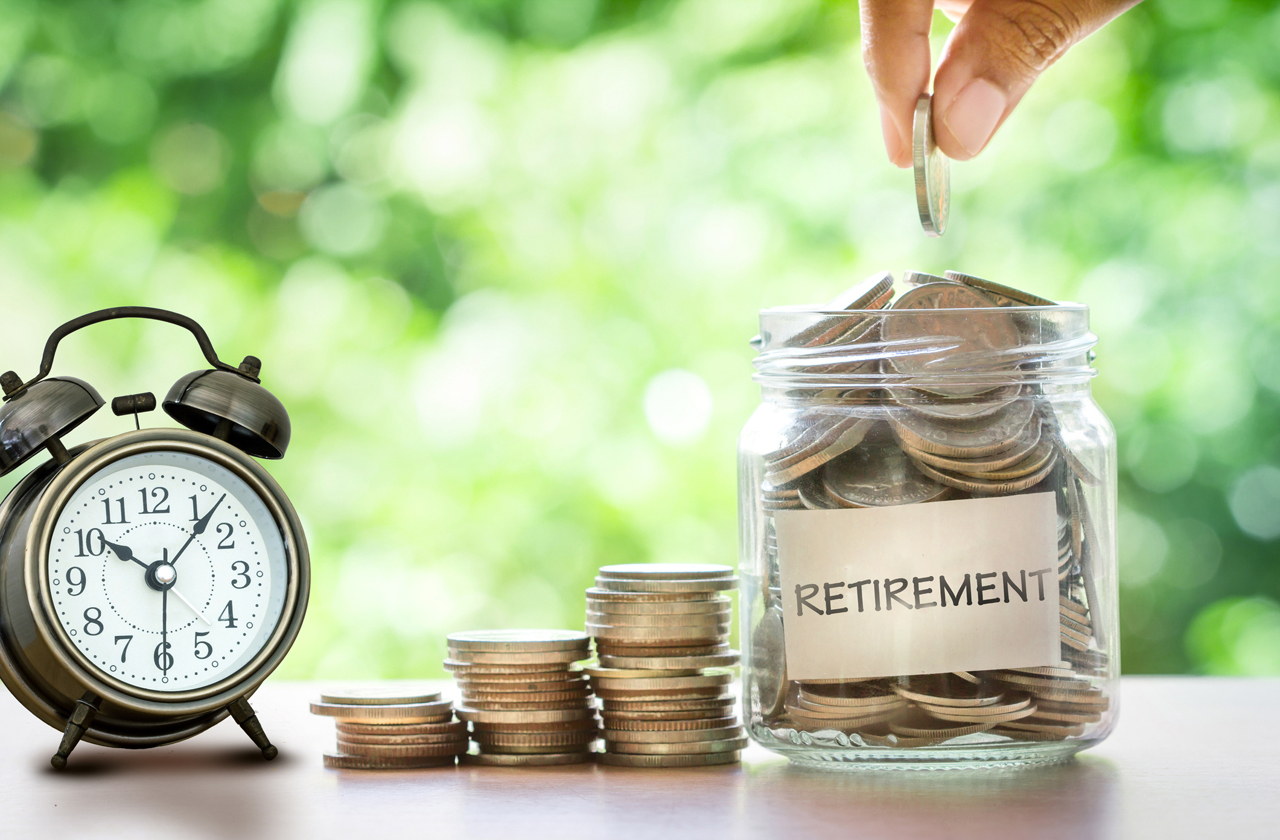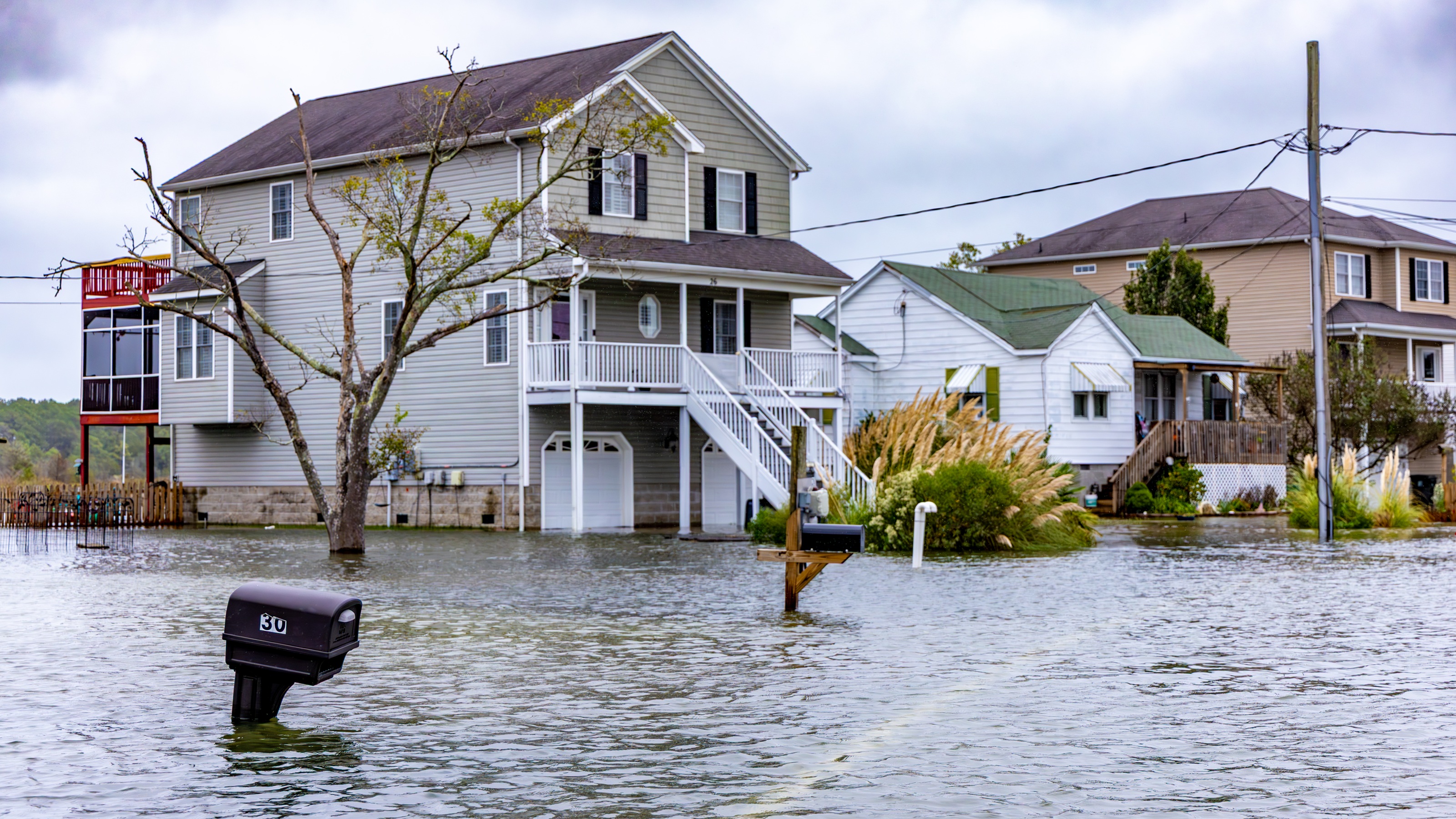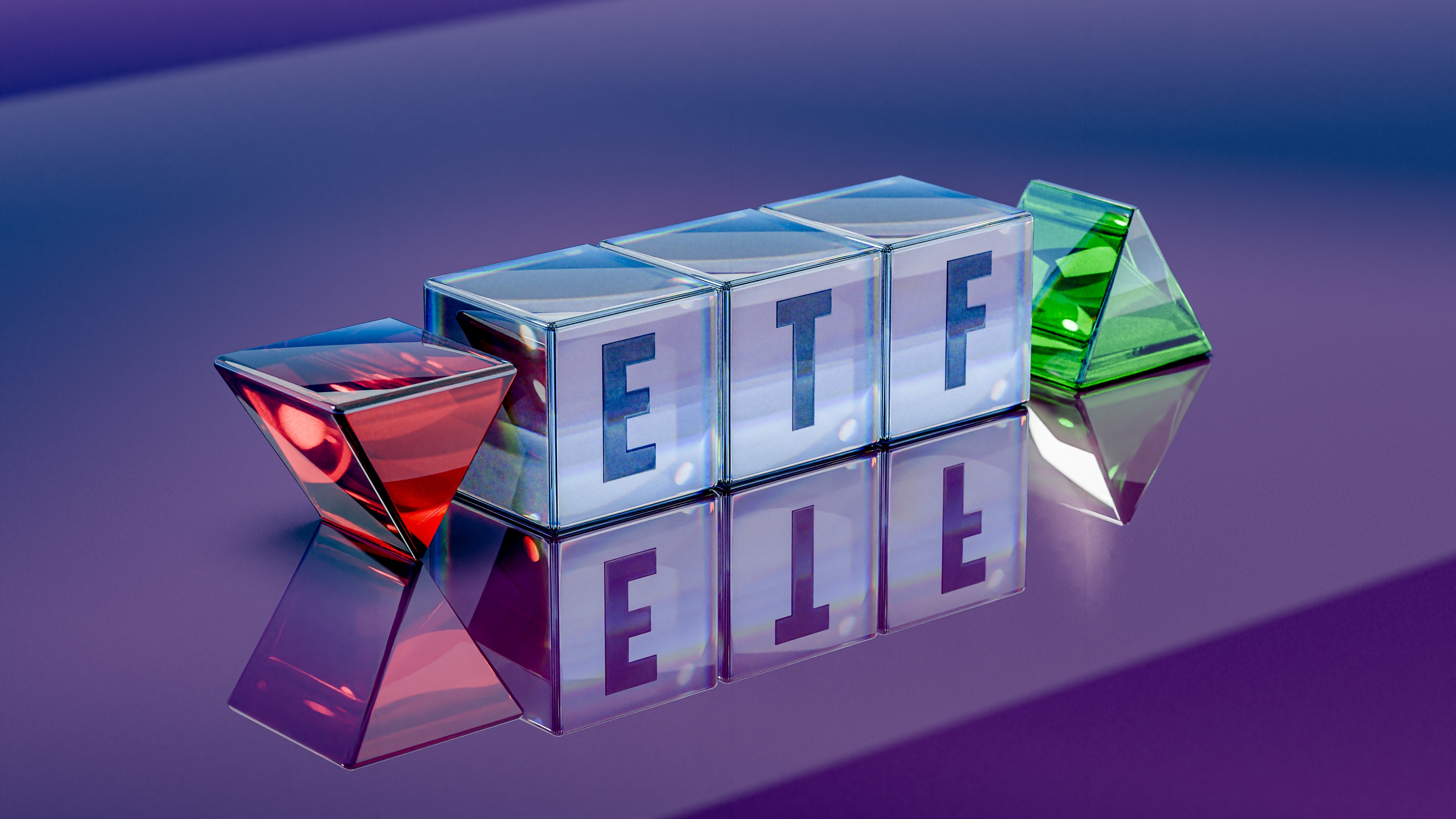3 Mistakes to Avoid Before Taking Required Minimum Distributions
Your 401(k), IRA or other tax-deferred retirement account is probably one of your biggest assets, but part of it belongs to the IRS. Some careful planning is critical to avoid paying too much in taxes.


Uncle Sam wants your money.
He has bills to pay, just like you. And he’s been waiting patiently for decades for you to hand over his share of your tax-deferred retirement dollars.
He expects some folks to be stubborn about it, so he has an answer. It’s called a required minimum distribution (RMD), and savers who have money stashed away in an IRA or qualified retirement account (a 401(k), 403(b), etc.) are expected to take money out and pay taxes annually once they turn 70½ (with some exceptions).
From just $107.88 $24.99 for Kiplinger Personal Finance
Be a smarter, better informed investor.

Sign up for Kiplinger’s Free Newsletters
Profit and prosper with the best of expert advice on investing, taxes, retirement, personal finance and more - straight to your e-mail.
Profit and prosper with the best of expert advice - straight to your e-mail.
Many people don’t realize this. When they get their quarterly 401(k) statements, they think the dollar amount at the bottom is all theirs to spend however and whenever they wish. But they’re wrong — or they’ve simply forgotten the bargain they struck with the IRS back when they signed up for the account.
I jokingly tell my clients that if they took their statements into the FBI building in Washington, D.C., and held them under one of those lights that reveals invisible ink, they’d see Uncle Sam’s name written right next to their own.
The required withdrawals are based on the balance in your accounts as of Dec. 31 of the year before you turn 70½ and your average life expectancy, according to the IRS. And they increase by a small percentage every year — so the bite can get bigger as you get older. This is something to keep in mind and to discuss with both your financial adviser and tax professional so you can plan appropriately.
Here’s the thing: RMDs are, indeed, required. There’s a whopping 50% penalty if you miss the deadline — plus, to add insult to injury, you still have to pay ordinary income taxes on the withdrawal. But you can reduce the amount of money you hand over each year with some smart long-term strategizing. Here are three mistakes investors make that a little advance planning can help avoid:
1. Taking RMD funds and investing them in a taxable account.
Imagine that you have three buckets where your retirement savings can go. The tax-deferred bucket (IRAs, 401(k)s, etc.) contains primarily pre-tax money you won’t pay taxes on until you use it or when you reach 70½. The taxable bucket (non-qualified investment accounts, bank accounts, etc.) holds assets on which you pay taxes on as soon as interest is earned. Year after year, you pay tax, tax, tax. And then there is the tax-free bucket (Roth IRAs, Roth 401(k)s, etc.), which has a beautiful ring to it and is one of the best places to be in retirement.
You would think every saver taking RMDs would automatically spend those dollars or channel them into a tax-free vehicle, for example, properly structured life insurance contracts or municipal bonds (although interest on municipal bonds can still affect the taxes on your Social Security). But they don’t. Many make the mistake of putting the money into taxable investments.
Let’s say, hypothetically, that you do this for 10 years in a row: Every year, you take out your RMD and move it to a taxable account. You might not realize how much you’re slowly losing. But it can add up to a large percentage of your life savings. For example, 4% of 10 years = 40%. That’s why it’s important to work with a tax professional to see what tax-free vehicles you could use, instead.
2. Allowing a tax-deferred account to keep growing.
Many savers, trained to focus on accumulation, happily watch their tax-deferred dollars increase without considering the consequences. If you do that until your RMDs kick in, though, you’re basically growing your IRA for the IRS.
Let’s say you retire at age 60 and you have enough income without touching your tax-deferred money. It might seem crazy to take some of it if you don’t need to, knowing you’ll have to pay income taxes on it. But those years between 59½ and 70½ offer a golden opportunity to move your money into a tax-free account, a little at a time, to get some control over your tax bracket and your looming tax burden. One way to accomplish this is through a Roth conversion. With a conversion, each year you withdraw just enough from your traditional retirement account to fill up your tax bracket — without pushing yourself into a higher one — and then deposit those monies into a tax-free Roth account. This is, again, something you should do in step with the consultation from a tax professional, but the bottom line is that many people do not use the lower tax bracket to their advantage.
3. Letting a surviving spouse deal with the RMD.
Let’s say you’re a same-age couple whose nest egg continues to grow in retirement — maybe it even doubles. You start taking your RMDs at age 70½ when you’re in the 15% tax bracket and your status is married filing jointly.
Then, a decade later, when the RMD is much higher, one of you dies — the husband. Suddenly, the widow is filing as single, but with the same assets. The RMD easily could throw her into a higher tax bracket — 25% instead of 15%. That’s a 67% increase! Caught unprepared in an already tumultuous year, she’ll have to come up with that money.
There’s an old saying that there are three types of people in this world:
- Those who make things happen.
- Those who watch things happen.
- And those who wonder, “What happened?”
I became a financial adviser to make things happen. My father has been in the tax business for 49 years, and I have seen firsthand how many people are wasting their hard-earned income on taxes.
It doesn’t have to happen to you, but you must have a plan. And the obligation doesn’t go away once you retire — if anything, it gets more complicated.
Be a saver who takes control. Because the bottom line is this: The more money you can keep away from Uncle Sam, the more you’ll have for you and your family.
Kim Franke-Folstad contributed to this article.
Profit and prosper with the best of Kiplinger's advice on investing, taxes, retirement, personal finance and much more. Delivered daily. Enter your email in the box and click Sign Me Up.

Patrick W. Ayers is the founder of Ayers Financial Services. A graduate of Virginia Tech, where he earned a degree in finance, he maintains the designation of Registered Financial Consultant and is a member of the Association of Registered Financial Consultants and the International Association of Financial Planning.
Ayers shares his wisdom as weekly host of the “Financial Sanity” radio show and often serves as a guest speaker on radio and television, and he frequently holds informational seminars for corporations, universities, charities and individuals. He and his wife, Tara, and their three children live in Roanoke, Virginia. His interests include his kids’ sports, listening to music and watching Virginia Tech “Hokie” football.
Securities and advisory services are offered through Madison Avenue Securities, LLC (MAS), member FINRA/SIPC, and a Registered Investment Advisor. MAS and Ayers Financial Services are not affiliated entities.
The opinions of Patrick Ayers and Ayers Financial Services are their own.
-
 Stocks Close Out Strong Month With Solid Amazon Earnings: Stock Market Today
Stocks Close Out Strong Month With Solid Amazon Earnings: Stock Market TodayAmazon lifted its spending forecast as its artificial intelligence (AI) initiatives create "a massive opportunity."
-
 I Just Paid Off My Car. Can I Downgrade My Car Insurance Now?
I Just Paid Off My Car. Can I Downgrade My Car Insurance Now?You've gotten rid of that car payment. Can you save even more by downgrading your car insurance? Here's what to consider.
-
 Are You Retired? Here's How to Drop the Guilt and Spend Your Nest Egg
Are You Retired? Here's How to Drop the Guilt and Spend Your Nest EggTransitioning from a lifetime of diligent saving to enjoying your wealth in retirement tends to be riddled with guilt, but it doesn't have to be that way.
-
 Government Shutdown Freezes National Flood Insurance Program: What Homeowners and Buyers Need to Know
Government Shutdown Freezes National Flood Insurance Program: What Homeowners and Buyers Need to KnowFEMA's National Flood Insurance Program is unavailable for new customers, increased coverage or renewals during the government shutdown.
-
 Separating the Pros From the Pretenders: This Is How to Tell if You Have a Great Adviser
Separating the Pros From the Pretenders: This Is How to Tell if You Have a Great AdviserDo you leave meetings with your financial adviser feeling as though you've been bulldozed into decisions or you're unsure of what you're paying for?
-
 Five Downsides of Dividend Investing for Retirees, From a Financial Planner
Five Downsides of Dividend Investing for Retirees, From a Financial PlannerCan you rely on dividend-paying stocks for retirement income? You'd have to be extremely wealthy — and even then, the downsides could be considerable.
-
 I'm a CPA: Control These Three Levers to Keep Your Retirement on Track
I'm a CPA: Control These Three Levers to Keep Your Retirement on TrackThink of investing in terms of time, savings and risk. By carefully monitoring all three, you'll keep your retirement plans heading in the right direction.
-
 Debunking Three Myths About Defined Outcome ETFs (aka Buffered ETFs)
Debunking Three Myths About Defined Outcome ETFs (aka Buffered ETFs)Defined outcome ETFs offer a middle ground between traditional equity and fixed-income investments, helping provide downside protection and upside participation.
-
 This Is Why Judge Judy Says Details Are Important in Contracts: This Contract Had Holes
This Is Why Judge Judy Says Details Are Important in Contracts: This Contract Had HolesA couple's disastrous experience with reclaimed wood flooring led to safety hazards and a lesson in the critical importance of detailed contracts.
-
 A Lesson From the School of Rock (and a Financial Adviser) as the Markets Go Around and Around
A Lesson From the School of Rock (and a Financial Adviser) as the Markets Go Around and AroundIt's hard to hold your nerve during a downturn, but next time the markets take a tumble, remember this quick rock 'n' roll tutorial and aim to stay invested.